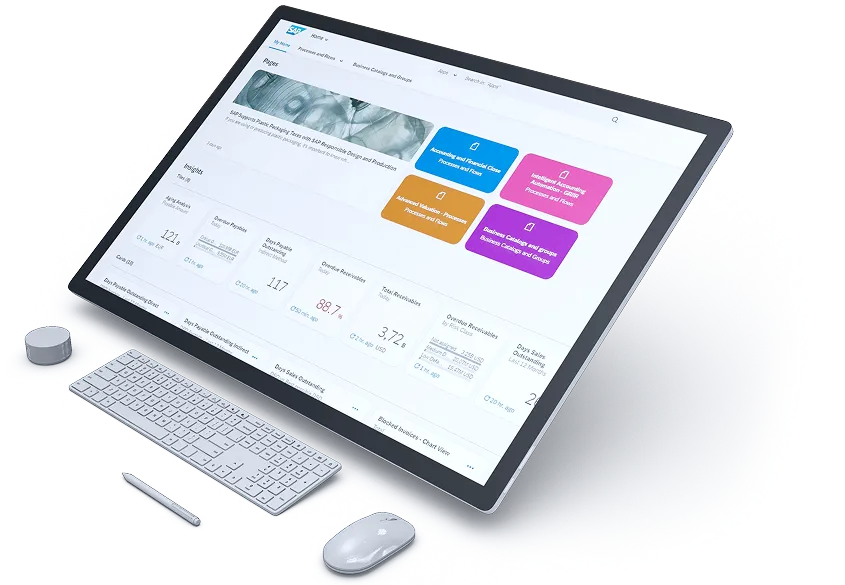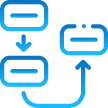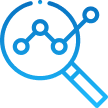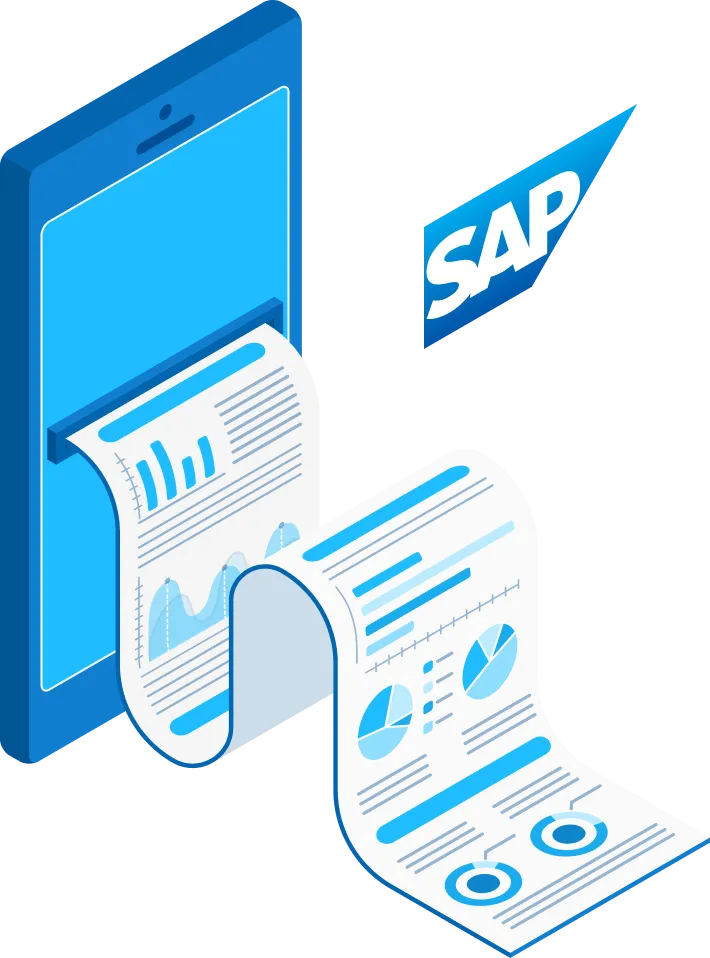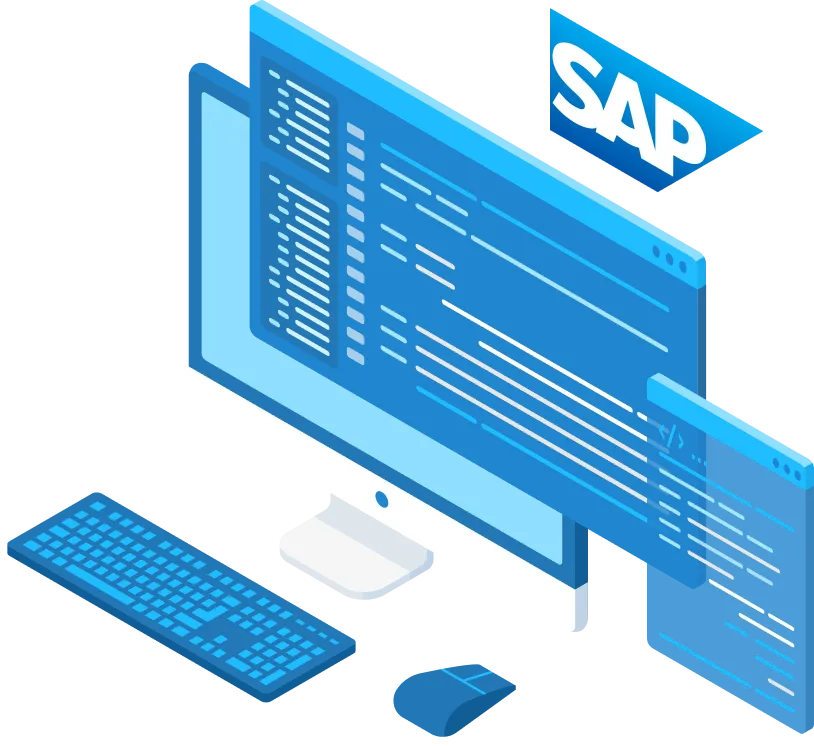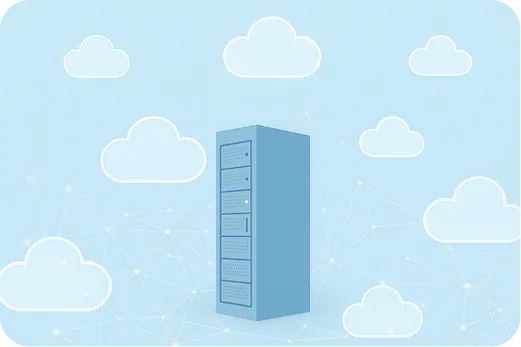The SAP S/4HANA Finance line of business handles all financial operations within a company. It integrates with SAP Ariba and covers areas such as financial accounting, controlling, treasury and risk oversight, financial planning, period-end closing, and consolidation.

SAP S/4HANA’s logistics lines of business bring together supplier relationship management and supply chain management tools that previously served as part of the SAP Business Suite. SAP intentionally reorganized these features to group related processes and streamline functionality.

The SAP S/4HANA Sourcing and Procurement line of business manages all tasks related to acquiring raw materials required to complete orders. It covers areas such as advanced procurement processes, day-to-day operational purchasing, and supplier and contract oversight. SAP Fieldglass assists with vendor management.
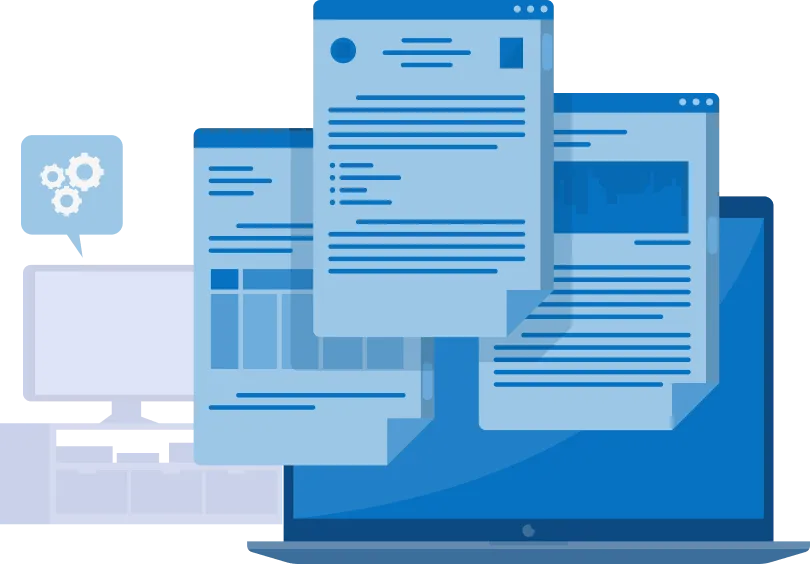
The SAP S/4HANA Manufacturing line of business handles the entire product creation cycle. It covers areas like agile manufacturing, production management, scheduling, delivery coordination, and quality management.

The SAP S/4HANA Supply Chain line of business manages end-to-end logistics planning, from preparing production schedules to shipping products to customers. It covers production planning, control over natural resources, batch tracking, inventory management, warehouse management, and transportation management.
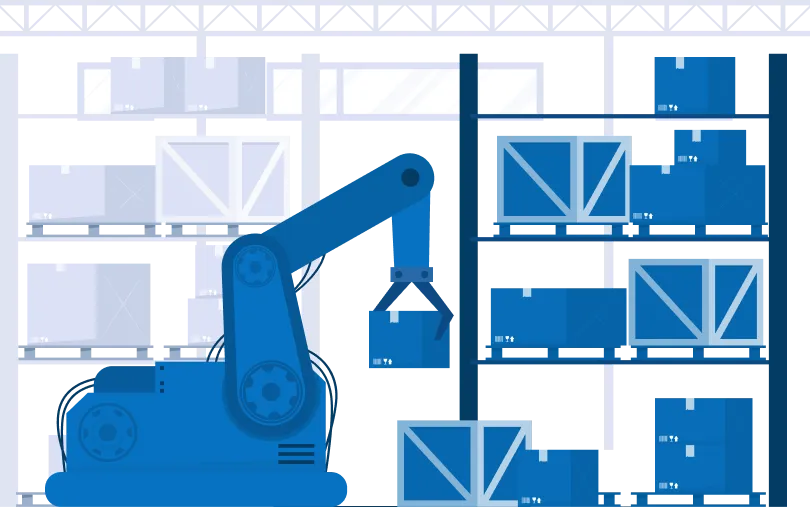
The SAP S/4HANA Asset Management line of business deals with the upkeep of a company’s physical assets, ranging from equipment and machines to entire facilities. It covers plant maintenance and environment, health, and safety monitoring.

The SAP S/4HANA Sales line of business manages all tasks related to processing and completing sales orders. SAP S/4HANA Sales covers most tasks, including:
- Available-to-promise and incompletion checks
- Billing
- Contracts and agreements
- Credit and debit memo requests
- Free-of-charge orders
- Individual customer needs
- Picking and packing
- Pricing
- Repair orders
- Return authorizations
- Revenue recognition
- Sales inquiries and quotes

The SAP S/4HANA R&D line of business oversees the entire product lifecycle. It covers:
- Bill of materials
- Chemical information
- Compliance with health and safety standards
- Innovation
- Product lifecycle costs
- Product structure
- Project portfolios
- Sensitive development materials

SAP S/4HANA Human Resources simplifies and modernizes core HR processes by integrating them into the broader S/4HANA ecosystem. It supports essential functions like personnel administration, organizational management, payroll, and time tracking with real-time data and analytics. With an intuitive user interface powered by SAP Fiori, HR professionals can access insights and manage employee information as part of their human capital management plan. S/4HANA HR also integrates with SAP SuccessFactors, allowing businesses to combine operational HR tasks with strategic talent management for a unified workforce experience.


.webp)
